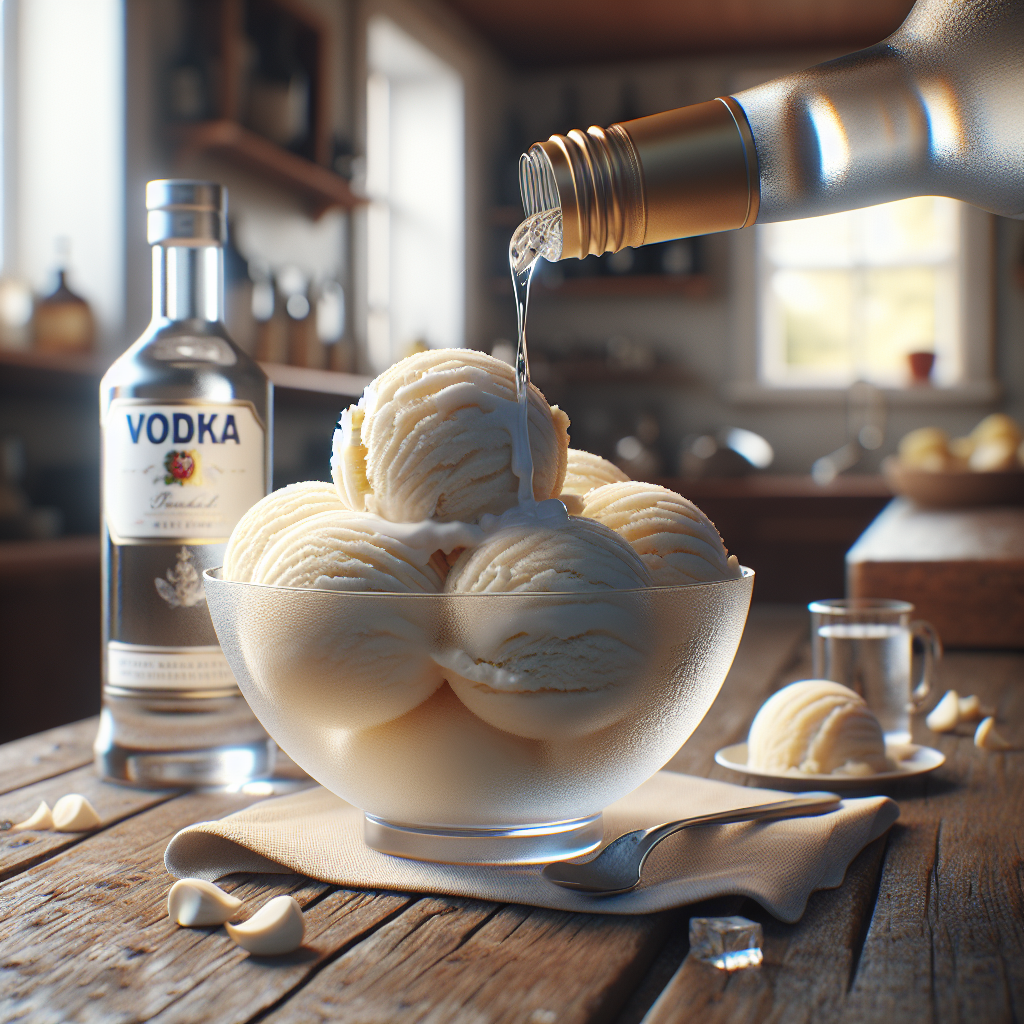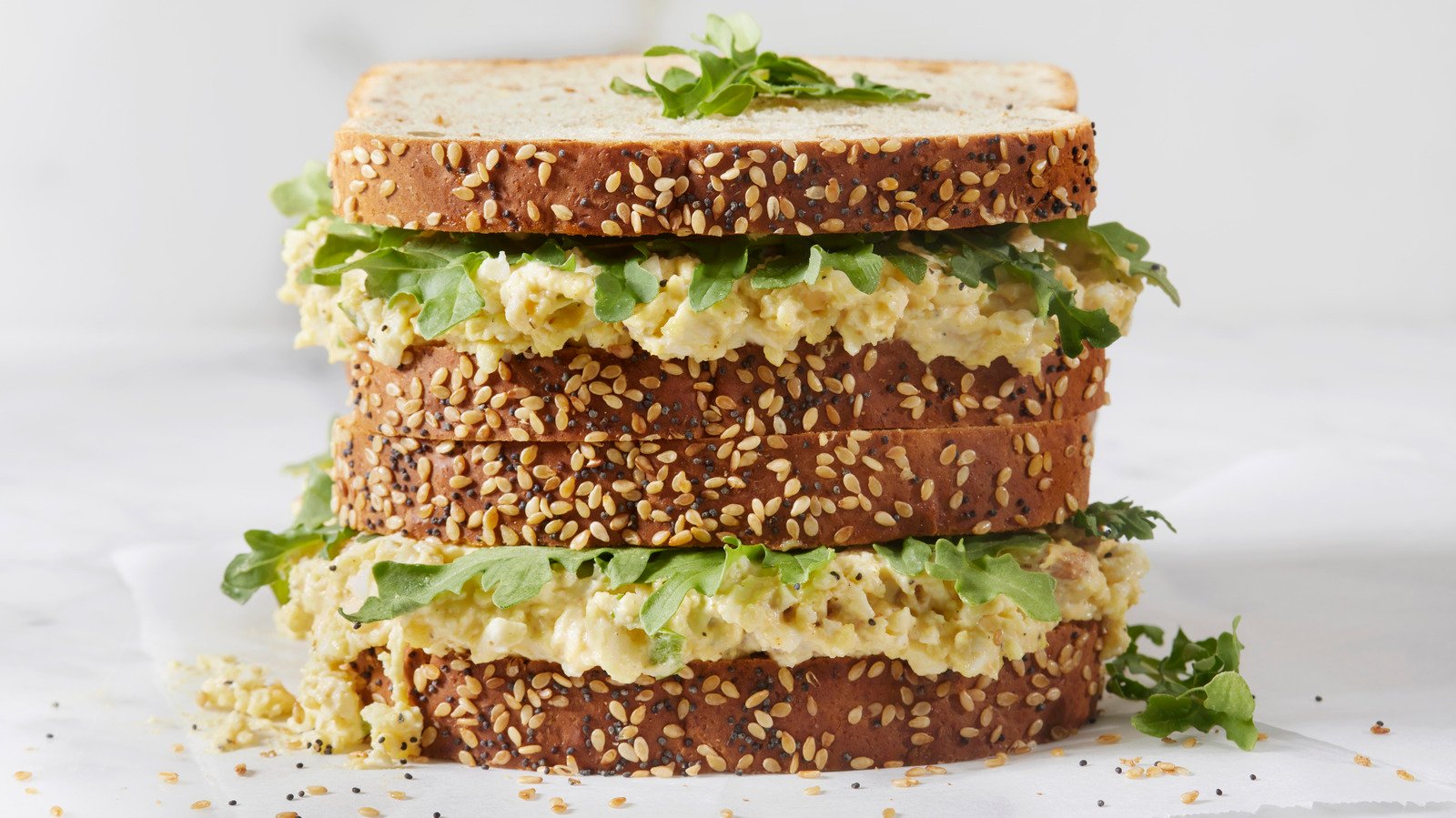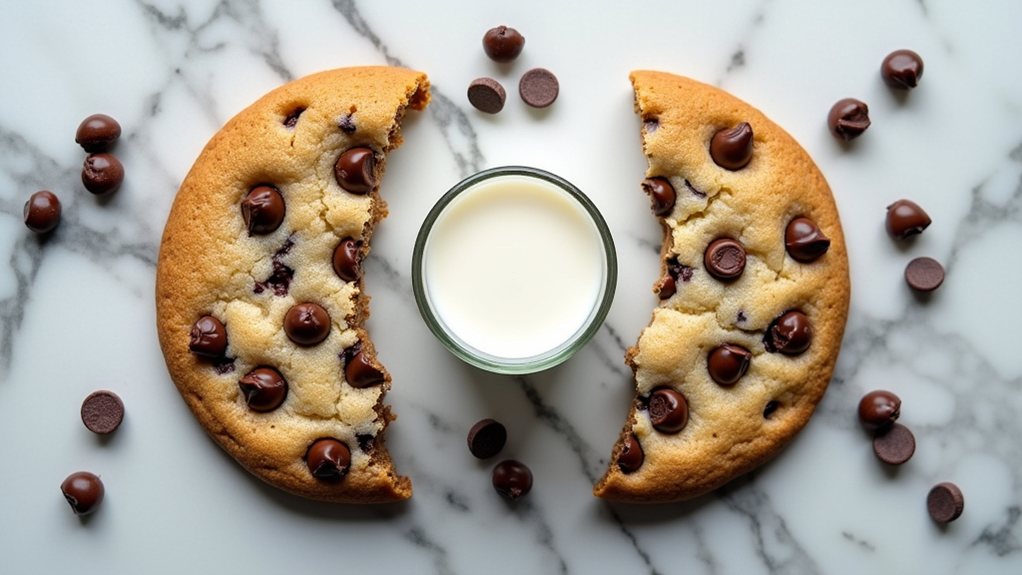Why Olive Oil Can Go Bad: Understanding the Process
Olive oil is a staple in many households, celebrated for its myriad health benefits and rich flavors. However, like other consumables, it doesn’t last forever. Exploring the factors behind olive oil’s shelf life can guide us to make the best choices for preservation and usage.
The Shelf Life of Olive Oil
Olive oils vary in shelf life depending on their type and how they’re processed. Extra virgin olive oil (EVOO), known for its minimal processing and superior taste, typically lasts between 12 and 18 months. More refined versions can stay good for up to two years if stored correctly. Proper storage in cool, dark places away from heat and light is crucial for retaining its quality.
The Science Behind Rancidity
Rancidity in olive oil occurs due to oxidation and exposure to light. Olive oil consists of beneficial compounds like antioxidants and healthy fats. When these components are exposed to light and air, they degrade, leading to the formation of free radicals. Free radicals are not only detrimental to the oil’s taste and nutritional profile but are also linked to health conditions like Alzheimer’s and diabetes.
Chlorophyll, which grants olive oil its green hue, plays a role in this degradation process. When exposed to light, chlorophyll accelerates photooxidation, breaking down the healthy compounds in the oil. Thus, olive oil begins to lose its freshness, and its flavor turns off, reminiscent of crayons or old lipstick.
Signs Your Olive Oil Has Gone Bad
Detecting rancid olive oil is straightforward. Begin by pouring out a small amount, swirling it, and taking a sniff. If it smells waxy rather than fresh and fruity, it’s a sign it has deteriorated. A taste test can also confirm rancidity; a waxy or crayon-like flavor means it’s past its prime. Though consuming a small amount won’t necessarily harm you, it’s best to replace it with a fresh bottle for better taste and health benefits.
How to Ensure You Get Fresh Olive Oil
When purchasing olive oil, read the label carefully. Apart from the best-by date, look for a harvest date. The harvest date indicates when the olives were picked, offering a more accurate freshness gauge. Opt for bottles with a harvest date from the previous year to ensure you’re getting a high-quality product. Single estate products often include these details and are generally of superior quality.
Tips for Storing Olive Oil
To prolong the shelf life of your olive oil, invest in proper storage solutions. Ceramic or stainless steel containers help keep light out, greatly reducing the risk of photooxidation. Regularly check your oil for signs of spoilage, ensuring it remains a healthy and flavorful ingredient in your kitchen.
Conclusion
Understanding why olive oil goes bad and how to detect rancidity helps maintain its quality and health benefits. Always store olive oil properly, check for harvest dates, and replace it when necessary to enjoy the best flavors and nutritional advantages this beneficial oil has to offer. By taking these steps, you ensure that every drop of olive oil you use enhances your dishes to their fullest potential.









